- Discovering the Best Sowing Time for Sweet Pepper
- Introduction
- Frost-Free Period
- Finding Your Region’s Frost-Free Period
- Calculating Sowing Dates
- Adjusting for Your Region
- Conclusion
- Unlocking the Secrets of Successful Vegetable Gardening
- 1. Planning and Preparation
- 2. Soil Health
- 3. Proper Plant Selection
- 4. Watering and Irrigation
- 5. Pest and Disease Management
- 6. Regular Maintenance
- Conclusion
- Improving Pepper Production with Strategic Planning
- Choosing the Right Sowing Dates
- Benefits of Strategic Planning
- Conclusion
- Using Climate Data and Planting Schedules
- Climate Data
- Planting Schedules
- Flexibility and Observation
- Mastering the Art of Timing for Optimal Plant Growth
- Introduction
- Factors to Consider
- Calculating Sowing Dates
- Record Keeping
- Conclusion
- Determining the Ideal Sowing Dates for Various Regions
- Factors to Consider
- Researching Regional Information
- Using Sowing Date Calculators
- Adjusting for Local Conditions
- Conclusion
- The Importance of Soil Temperature and Moisture
- Soil Temperature
- Soil Moisture
- Taking Advantage of Ideal Soil Conditions
- Simplifying the Process with Mathematical Calculations
- Creating a Productive and Thriving Sweet Pepper Garden
- 1. Choose the Right Varieties
- 2. Prepare the Soil
- 3. Start Seeds Indoors
- 4. Transplant Seedlings
- 5. Provide Adequate Water and Sunlight
- 6. Apply Fertilizer
- 7. Mulch the Plants
- 8. Monitor for Pests and Diseases
- 9. Harvesting
- 10. Saving Seeds (optional)
- “Question-Answer”
- How can I determine the best sowing dates for sweet pepper in my region?
- What is the average frost-free period?
- Why is it important to find the perfect sowing dates for sweet pepper?
- Can I use this mathematical formula for other crops?
- What happens if I sow sweet pepper seeds too early or too late?
- “Video” The easiest and fastest way to grow bell peppers at home
When it comes to growing sweet peppers, one of the most important factors to consider is sowing dates. Sowing at the right time can greatly affect the growth and yield of your peppers. But how do you determine the perfect sowing dates for your specific region? Luckily, there is a simple math equation that can help you calculate the ideal sowing dates.
The first step is to determine your region’s average last frost date. This is the date when the last frost is expected to occur in your area. You can find this information online or by consulting local gardening resources. Once you have the average last frost date, you can use it to calculate the best sowing dates for your sweet peppers.
To find the ideal sowing dates, subtract the number of days it takes for sweet pepper seeds to germinate from the average last frost date. Sweet pepper seeds typically take around 7-10 days to germinate. For example, if the average last frost date in your region is April 15th, subtract 10 days to find the ideal sowing date, which would be April 5th. This will give your sweet pepper seeds enough time to germinate and grow before the last frost.
It’s important to note that the ideal sowing dates can vary depending on your specific growing conditions and preferences. Factors such as the variety of sweet pepper, the average temperature in your region, and your desired harvest time can all influence the ideal sowing dates. It’s always a good idea to experiment and adjust your sowing dates based on your own experience and observations.
Tip: Keep in mind that sweet pepper plants are sensitive to cold temperatures, so it’s best to wait until the soil has warmed up before sowing your seeds. If you’re unsure about the soil temperature, you can use a soil thermometer to check. When the soil temperature reaches around 60°F (15°C), it’s safe to sow your sweet pepper seeds.
Discovering the Best Sowing Time for Sweet Pepper
Introduction
Growing sweet peppers requires careful planning and timing to ensure a successful crop. One crucial factor to consider is the sowing time. The ideal sowing time can vary depending on the specific region and climate. To determine the best sowing dates for sweet pepper, you can use a simple mathematical calculation based on the frost-free period.
Frost-Free Period
The frost-free period is the timeframe between the last frost in spring and the first frost in autumn. Sweet peppers are tender plants that do not tolerate cold temperatures, especially frost. Therefore, it is important to avoid sowing them too early or too late, when frost is still a possibility. Understanding the frost-free period for your region is key to finding the optimal sowing time.
Finding Your Region’s Frost-Free Period
To determine the frost-free period for your region, you can consult historical climate data or ask local gardening experts. The frost-free period may vary from year to year, so it’s essential to consider multiple years of data to get a reliable average. Once you have an estimate of the frost-free period, you can proceed to calculate the best sowing dates.
Calculating Sowing Dates
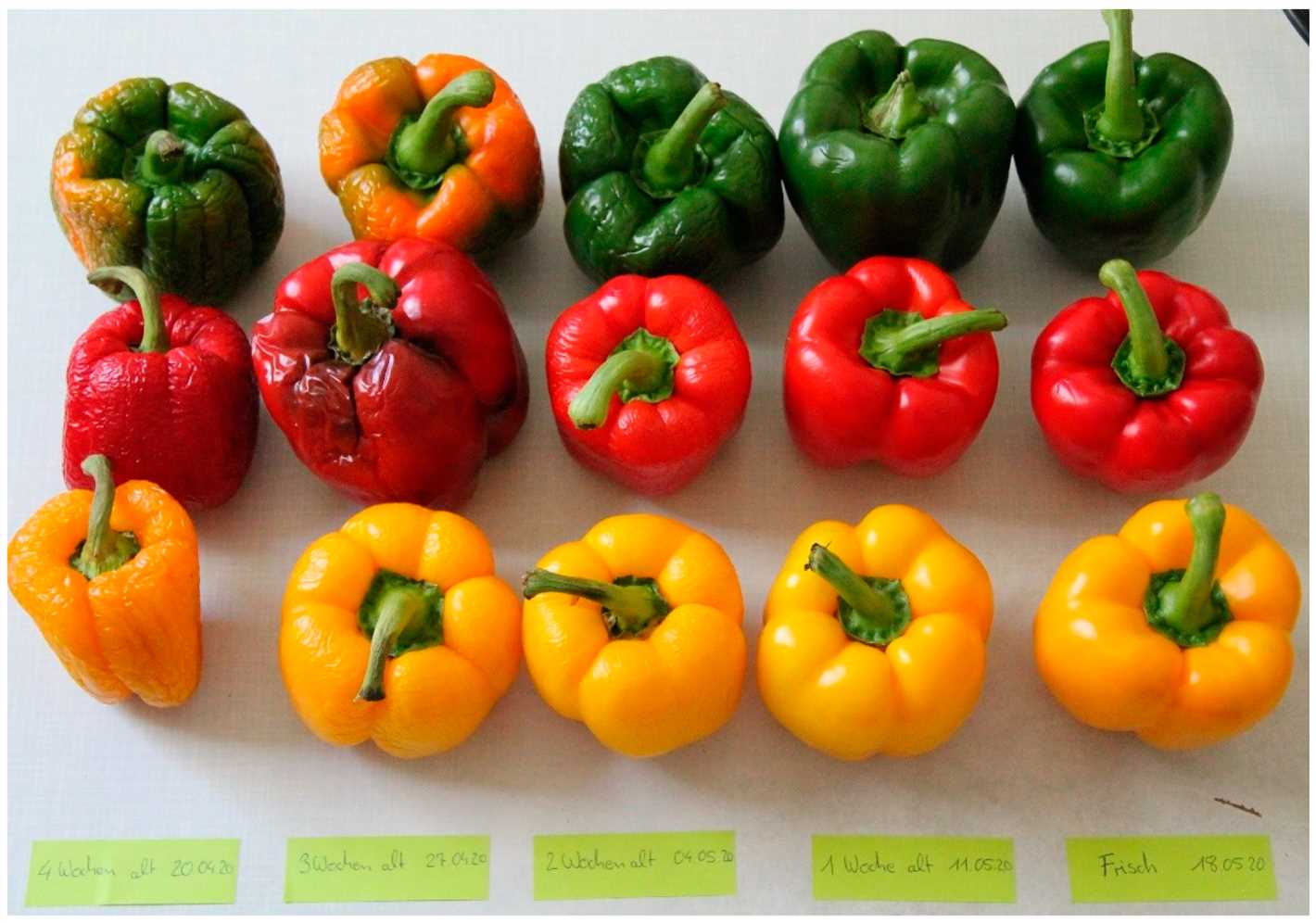
Calculating the sowing dates for sweet pepper involves working backward from the estimated last frost date. To ensure optimal growth and yield, it is generally recommended to sow sweet pepper seeds indoors and transplant the seedlings to the garden after the last frost. Here is a step-by-step method to help you calculate the sowing dates:
- Determine the average number of days it takes for sweet pepper seeds to germinate.
- Add the germination period to the estimated last frost date to find the ideal sowing date indoors.
- Consider the recommended indoor growing period for sweet pepper seedlings, typically around 6-8 weeks.
- Subtract the indoor growing period from the calculated sowing date to find the starting date for sowing the seeds indoors.
Adjusting for Your Region
It’s important to note that the calculated sowing dates serve as a starting point and may need adjustment based on your specific growing conditions. Factors such as temperature, sunlight exposure, and local gardening practices can influence the timing. Experimenting and learning from your own experiences will help refine the sowing dates for sweet pepper in your region.
Conclusion
By understanding your region’s frost-free period and using a simple mathematical calculation, you can discover the optimal sowing time for sweet pepper. This knowledge will enable you to plan and schedule your sowing activities, increasing the chances of a successful sweet pepper crop.
Unlocking the Secrets of Successful Vegetable Gardening
Vegetable gardening can be a fulfilling and rewarding hobby. Not only does it provide you with fresh, nutritious produce, but it also allows you to connect with nature and enjoy the satisfaction of growing your own food. However, successful vegetable gardening requires knowledge and understanding of certain principles and techniques. In this article, we will unlock the secrets of successful vegetable gardening and help you achieve a bountiful harvest.
1. Planning and Preparation
Before planting your vegetable garden, it is essential to plan and prepare accordingly. Determine the size and location of your garden, taking into account factors such as sunlight, soil quality, and water accessibility. Consider the vegetables you want to grow and their specific requirements. Sketch out a garden layout to optimize space and ensure proper plant spacing.
2. Soil Health
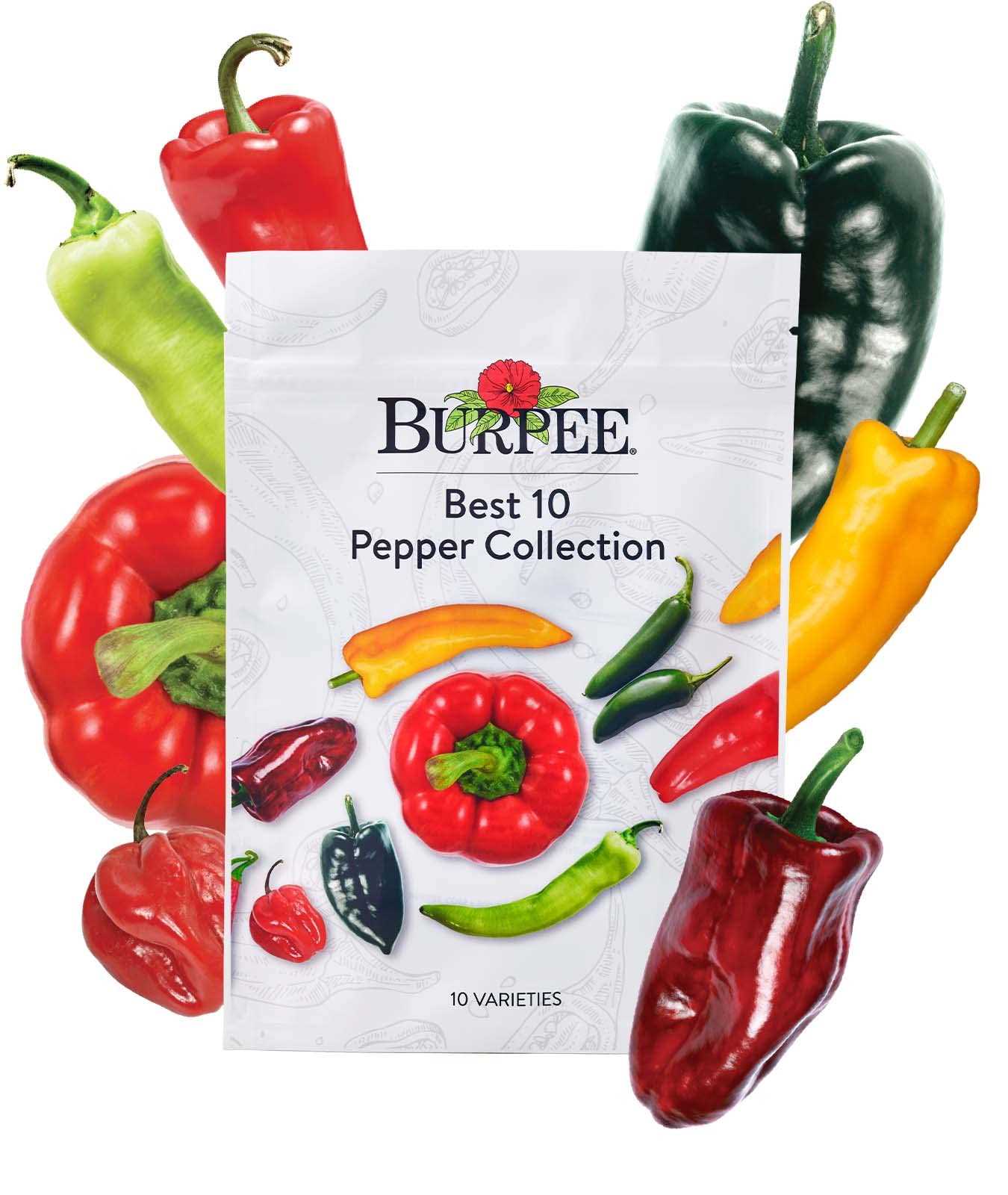
Healthy soil is the foundation of a successful vegetable garden. Conduct a soil test to determine its pH level and nutrient content. Amend the soil as needed by adding organic matter, such as compost or well-rotted manure, to improve its fertility and structure. Mulching with organic materials helps retain moisture and suppress weeds.
3. Proper Plant Selection
Choose vegetable varieties that are well-suited to your climate and growing conditions. Consider factors such as temperature tolerance, disease resistance, and maturity time. Selecting hybrid varieties can provide added benefits, such as improved disease resistance and higher yields. Plan your planting schedule to ensure a continuous supply of fresh produce throughout the growing season.
4. Watering and Irrigation
Proper watering is crucial for the health and productivity of your vegetable plants. Most vegetables require about 1 inch of water per week, either from rainfall or supplemental irrigation. Avoid overwatering to prevent waterlogged soil and diseases. A drip irrigation system or soaker hoses can provide targeted and efficient watering.
5. Pest and Disease Management
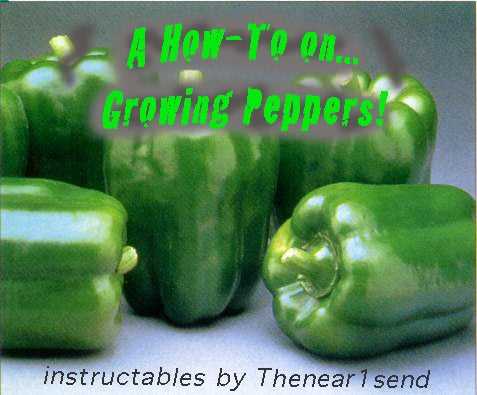
Managing pest and disease issues is essential in vegetable gardening. Monitor your plants regularly for signs of pests or diseases, and take proactive measures to address any issues. Use organic pest control methods whenever possible to minimize chemical exposure. Companion planting and crop rotation can also help deter pests and reduce disease incidence.
6. Regular Maintenance
Maintaining your vegetable garden involves regular tasks such as weeding, pruning, and fertilizing. Weed diligently to prevent competition for nutrients and water. Prune plants to promote air circulation and discourage disease. Fertilize your plants with organic fertilizers to provide essential nutrients. Regularly remove any dead or diseased plant material to prevent the spread of diseases.
Conclusion
Successful vegetable gardening is a combination of proper planning, soil health, plant selection, watering, pest and disease management, and regular maintenance. By following these guidelines, you can unlock the secrets to a productive and thriving vegetable garden. Enjoy the process and savor the fruits of your labor as you harvest delicious, homegrown vegetables.
Improving Pepper Production with Strategic Planning
In order to maximize pepper production, it is important to have a strategic plan in place. By carefully selecting the sowing dates, farmers can ensure optimal growing conditions for sweet pepper plants. This article will discuss the significance of strategic planning for pepper production and provide tips on how to improve the overall yield.
Choosing the Right Sowing Dates
Selecting the appropriate sowing dates is crucial for the success of sweet pepper cultivation. It is important to consider factors such as climate, temperature, and local growing conditions when determining the best time to sow pepper seeds. By doing so, farmers can take advantage of favorable conditions and ensure a healthy and productive crop.
One way to determine the ideal sowing dates is by using a mathematical calculation based on the local climate data. This calculation takes into account factors such as the average temperature, frost dates, and the required growing period for sweet pepper plants. By plugging in the necessary data, farmers can obtain a recommended sowing date that aligns with the specific climatic conditions of their region.
Benefits of Strategic Planning
Strategic planning for pepper production offers several advantages for farmers:
- Optimal Growth Conditions: By selecting the right sowing dates, farmers can provide sweet pepper plants with the best possible growing conditions. This ensures faster and healthier growth, leading to a higher yield.
- Protection from Environmental Factors: Strategic planning allows farmers to avoid adverse weather conditions, such as frost or extreme heat, which can be detrimental to pepper plants. By sowing at the right time, farmers can protect their crop from potential damage.
- Improved Crop Management: A well-planned sowing schedule allows farmers to better manage their crop. By having a clear timeline, they can effectively plan and execute tasks such as watering, fertilizing, and pest control, resulting in improved overall crop health.
- Increased Profitability: Strategic planning leads to higher yields, which directly translates into increased profitability for farmers. By optimizing the growing conditions and ensuring a healthy crop, farmers can maximize their returns.
Conclusion
In conclusion, strategic planning plays a crucial role in improving pepper production. By carefully selecting the sowing dates based on local climate data, farmers can provide optimal growing conditions for sweet pepper plants. This strategic approach offers several benefits, including better growth conditions, protection from adverse weather, improved crop management, and increased profitability. By implementing a well-planned sowing schedule, farmers can enhance their pepper production and achieve higher yields.
Using Climate Data and Planting Schedules
When it comes to growing sweet peppers, the right timing is crucial for successful cultivation. By understanding climate data and planting schedules, you can determine the perfect sowing dates for sweet pepper in any region.
Climate Data
Climate data can provide valuable information about the conditions specific to your region, including temperature and precipitation patterns. This data helps you determine the optimal time for sowing sweet pepper seeds.
Start by researching the average first and last frost dates in your area. Sweet pepper plants are sensitive to frost, so you want to avoid planting them too early in the season. Some varieties of sweet pepper take longer to mature, so you also need to consider the length of your growing season.
Planting Schedules
Planting schedules provide guidelines on when to sow different crops based on local climate conditions. These schedules are often created by agricultural extension services or research institutions and can be specific to your region.
Look for planting schedules that include sweet peppers or other similar crops in your region. These schedules typically provide recommendations for both outdoor and indoor sowing, based on the estimated last frost date.
For example, the schedule may suggest starting sweet pepper seeds indoors 8-10 weeks before the last frost date. This allows the seedlings to establish before being transplanted outdoors after the danger of frost has passed.
Flexibility and Observation
While climate data and planting schedules provide helpful guidance, it’s important to be flexible and observant. Weather conditions can vary from year to year, so it’s essential to pay attention to the current conditions and adjust your planting dates accordingly.
Additionally, observing the growth and development of your plants can help you fine-tune your sowing dates in future seasons. By noting the time it takes for your sweet pepper plants to mature, you can refine your planting schedule for better results.
By utilizing climate data, planting schedules, and your own observations, you can find the perfect sowing dates for sweet peppers in your region. This will help optimize your crop yield and ensure a successful pepper harvest.
Mastering the Art of Timing for Optimal Plant Growth
Introduction
In order to achieve optimal plant growth and maximize yields, it is crucial to understand the importance of timing when it comes to sowing seeds. By sowing seeds at the right time, you can ensure that your plants have the best chance of reaching their full potential.
Factors to Consider
There are several factors to consider when determining the ideal timing for sowing seeds:
- Climate: Different plants have different climate preferences, and it is important to choose a sowing date that aligns with the climate conditions of your region. Consider the average temperatures, rainfall patterns, and frost dates.
- Growth Period: Each plant has a specific growth period, which is the time it takes from sowing to harvesting. It is essential to calculate the growth period and work backward to determine the ideal sowing date.
- Planting Goals: Are you sowing seeds for a specific season or trying to take advantage of a specific market demand? Understanding your goals will help you determine the best time to sow your seeds.
Calculating Sowing Dates
To calculate the ideal sowing dates for your crops, follow these steps:
- Research Growing Requirements: Determine the specific sowing and harvesting requirements for the plant you wish to grow. This information is typically available on seed packets or can be obtained from gardening guides or agricultural extension services.
- Identify the Last Frost Date: Knowing the last frost date in your region is crucial since most plants cannot tolerate frost. You can find this information by consulting local gardening resources or websites.
- Estimate the Growth Period: Calculate the number of days it takes for the plant to reach maturity from sowing. This information is usually provided on seed packets or can be found in gardening references.
- Count Backwards: Take the last frost date and subtract the number of days required for the growth period. This will give you the approximate sowing date.
Record Keeping
To fine-tune your sowing dates and track the success of your crops, it is important to keep detailed records of your gardening activities. By recording the sowing and harvesting dates, as well as any observations or changes made during the growing season, you can refine your timing in future years.
Conclusion
Timing is crucial when it comes to sowing seeds for optimal plant growth. By understanding the specific climate requirements, growth periods, and planting goals, and by following a systematic approach to calculating sowing dates, you can master the art of timing and ensure the success of your crops.
Determining the Ideal Sowing Dates for Various Regions
Determining the ideal sowing dates for sweet peppers in different regions is crucial for optimizing the growth and yield of the plants. By selecting the appropriate sowing dates, farmers can ensure that the plants have the right conditions for germination and development.
Factors to Consider
When deciding on the ideal sowing dates, several factors should be taken into account:
- Climate: The climate of the region plays a significant role in determining the ideal sowing dates. Different varieties of sweet peppers have different temperature requirements for germination and growth. It is important to consult the temperature ranges recommended for sweet pepper cultivation and select sowing dates accordingly.
- Frost: Sweet peppers are sensitive to frost, and exposing the plants to frost can severely damage or kill them. It is crucial to consider the last expected frost date in a region and avoid sowing the seeds before this date.
- Growing Season: The average length of the growing season in a region is an important factor to consider. Based on the estimated time it takes for sweet peppers to reach maturity, the sowing date should be selected to ensure that the fruits can fully ripen before the end of the growing season.
Researching Regional Information
To determine the ideal sowing dates for sweet pepper in a specific region, it is essential to gather information about the climate, average frost dates, and the length of the growing season. This information can be obtained from agricultural extension offices, local gardening clubs, or online resources.
Using Sowing Date Calculators
There are various online tools and sowing date calculators available that can help determine the ideal sowing dates for sweet pepper in different regions. These calculators take into account the region’s climate data, frost dates, and growing season length to provide accurate sowing date recommendations.
Adjusting for Local Conditions
While general sowing date recommendations can be useful, it is important to consider local conditions that may affect the growth of sweet peppers. Factors such as microclimates, soil conditions, and the presence of nearby buildings or trees can impact the temperature and sunlight exposure of the plants. Therefore, it may be necessary to fine-tune the sowing dates based on these local conditions.
Conclusion
Determining the ideal sowing dates for sweet pepper in various regions requires considering factors such as climate, frost dates, and growing season length. By researching regional information and using sowing date calculators, farmers can optimize the sowing dates to maximize the growth and yield of their sweet pepper plants.
The Importance of Soil Temperature and Moisture
When it comes to sowing sweet pepper seeds, two crucial factors that need to be considered are soil temperature and moisture. These two elements play a significant role in the germination and overall growth of sweet pepper plants.
Soil Temperature
The ideal soil temperature for sowing sweet pepper seeds is between 70°F (21°C) and 85°F (29°C). This temperature range provides the optimal conditions for seed germination and the establishment of young plants. If the soil temperature is too low, the seeds may not germinate properly, leading to poor growth and development. On the other hand, if the soil temperature is too high, it can inhibit germination and cause damage to the seeds.
To ensure the soil temperature is within the desired range, it is recommended to use a soil thermometer. This tool allows you to accurately measure the temperature at different depths in the soil. By monitoring the soil temperature, you can determine the best time to sow your sweet pepper seeds.
Soil Moisture
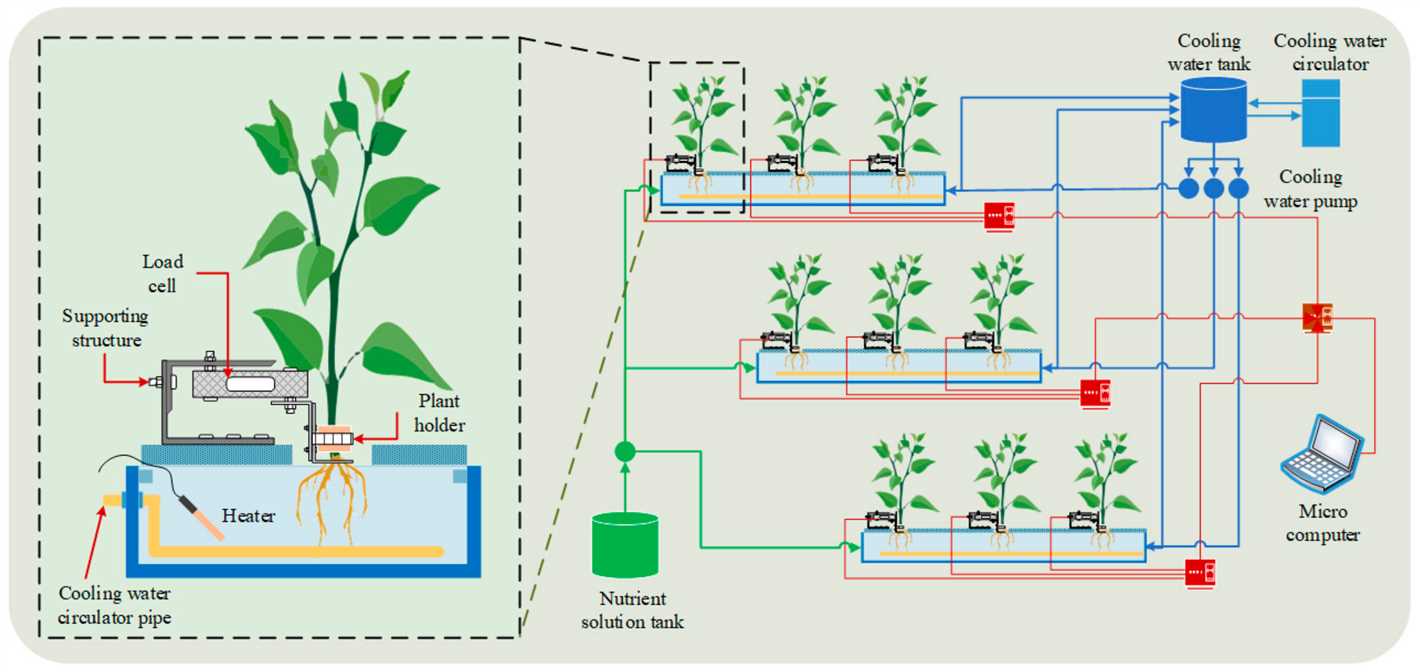
Proper soil moisture is essential for the successful germination and growth of sweet pepper plants. The soil should be moist but not waterlogged. Excessive moisture can lead to rotting of the seeds and roots, while insufficient moisture can hinder seed germination and stunt plant growth.
A good way to ensure adequate soil moisture is by conducting a finger test. Simply insert your finger into the soil to a depth of about 1 inch (2.5 cm). If the soil feels dry at this depth, it’s time to water. On the other hand, if the soil feels overly wet or muddy, you should hold off on watering until it dries out slightly.
In addition to monitoring soil moisture, it’s also important to consider the drainage of your planting area. Sweet pepper plants prefer well-drained soil to prevent waterlogging, which can lead to root rot. If the soil in your planting area has poor drainage, consider adding organic matter or amending the soil to improve its structure and drainage capacity.
Taking Advantage of Ideal Soil Conditions
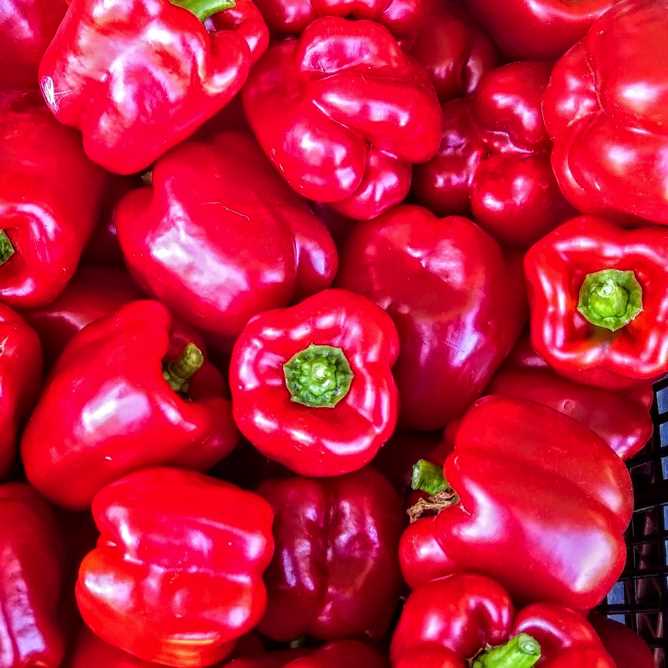
By paying attention to soil temperature and moisture, you can ensure that your sweet pepper seeds have the best possible start. This will greatly increase the chances of successful germination and healthy plant growth. Taking the time to prepare the soil and monitor these factors will ultimately lead to a bountiful harvest of sweet peppers.
Simplifying the Process with Mathematical Calculations
When it comes to determining the perfect sowing dates for sweet pepper in any region, the process can be simplified through the use of mathematical calculations. By taking into account various factors such as the average frost-free period, the ideal germination temperature, and the number of days it takes for sweet pepper plants to reach maturity, you can easily calculate the optimal dates for sowing.
First, you need to know the average frost-free period in your region. This is the period between the last expected frost in spring and the first expected frost in the fall. Knowing this information will help you determine the length of the growing season you have available.
The next step is to consider the ideal germination temperature for sweet pepper seeds. This is the temperature at which the seeds are most likely to germinate successfully. Sweet pepper seeds typically require a warm temperature, around 75-85°F (24-29°C), to germinate. By knowing the average temperature during the frost-free period in your region, you can estimate when you can start sowing your seeds.
Once you have an estimated sowing date based on the ideal germination temperature, you need to take into account the number of days it takes for sweet pepper plants to reach maturity. This information can usually be found on the seed packet or through research on the specific sweet pepper variety you are planning to grow. Sweet pepper plants typically take around 60-90 days to reach maturity.
By subtracting the number of days it takes for sweet pepper plants to reach maturity from the estimated sowing date, you can determine the latest possible date to sow your seeds. This will ensure that your plants have enough time to grow and produce a bountiful harvest before the first expected frost in the fall.
In summary, by considering factors such as the average frost-free period, ideal germination temperature, and the number of days to maturity, you can simplify the process of finding the perfect sowing dates for sweet pepper in any region. By using these mathematical calculations, you can ensure that your sweet pepper plants have the best chance of thriving and producing a successful harvest.
Creating a Productive and Thriving Sweet Pepper Garden
1. Choose the Right Varieties
When creating a sweet pepper garden, it’s important to choose the right varieties that suit your climate and preferences. There are various types of sweet peppers, such as bell peppers, banana peppers, and pimiento peppers. Consider factors like taste, size, color, and disease resistance when selecting your varieties.
2. Prepare the Soil
Sweet peppers thrive in well-drained soil that is rich in organic matter. Before planting, prepare the soil by removing any weeds and loosening it with a garden fork or tiller. Add compost or well-rotted manure to improve fertility and moisture-retention capabilities.
3. Start Seeds Indoors
Start sweet pepper seeds indoors approximately 8-10 weeks before the last frost date in your region. Use seed-starting trays or pots filled with a seed-starting mix. Sow the seeds about ¼ inch deep and keep them in a warm and well-lit area. Ensure the soil remains moist, but not waterlogged.
4. Transplant Seedlings

Once the seedlings have grown to a height of 3-4 inches and have at least two sets of true leaves, they are ready to be transplanted into the garden. Harden off the seedlings by gradually exposing them to the outdoor conditions for a week before planting. Transplant them into the prepared soil, spacing them about 18-24 inches apart.
5. Provide Adequate Water and Sunlight
Sweet peppers require regular watering to maintain even moisture levels in the soil. Provide them with about 1-2 inches of water per week, depending on rainfall and temperature. Additionally, sweet peppers need a minimum of 6-8 hours of direct sunlight per day to ensure optimal growth and fruit production.
6. Apply Fertilizer
During the growing season, apply a balanced fertilizer every 4-6 weeks to ensure the plants receive the necessary nutrients for healthy growth. Use a slow-release fertilizer or organic options like compost or well-rotted manure. Follow the instructions on the fertilizer packaging for application rates.
7. Mulch the Plants
Apply a layer of mulch around the base of the sweet pepper plants to help conserve moisture, suppress weed growth, and maintain an even soil temperature. Organic mulch options include straw, wood chips, or shredded leaves. Avoid piling mulch against the plant stems to prevent rot.
8. Monitor for Pests and Diseases
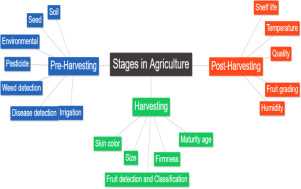
Regularly inspect your sweet pepper plants for signs of pests and diseases, such as aphids, caterpillars, or fungal infections. Use organic pest control methods, such as handpicking insects or using insecticidal soaps. If necessary, consult with a local gardening expert for specific recommendations based on the pests and diseases common in your region.
9. Harvesting
Harvest sweet peppers when they have reached their desired size and color. Avoid pulling or twisting the peppers off the plant; instead, use a sharp knife or gardening shears to cut them from the stem. Harvesting regularly encourages further fruit production.
10. Saving Seeds (optional)
If you want to save seeds from your sweet peppers for future planting, allow a few peppers to fully ripen on the plant until they turn red or yellow. Scoop out the seeds and rinse off any pulp. Dry the seeds thoroughly on a paper towel before storing them in a cool, dry place in a labeled envelope or container.
By following these tips, you can create a productive and thriving sweet pepper garden that will yield delicious peppers to enjoy throughout the growing season.
“Question-Answer”
How can I determine the best sowing dates for sweet pepper in my region?
To determine the best sowing dates for sweet pepper in your region, you can use a simple mathematical formula. This formula takes into account the average frost-free period in your area and the optimal growth period for sweet pepper plants. By subtracting the number of days it takes for sweet pepper plants to reach maturity from the average frost-free period, you can determine the ideal sowing dates.
What is the average frost-free period?
The average frost-free period is the timeframe in which a region typically experiences frost-free conditions. This period is important to consider when determining the best sowing dates for sweet pepper, as frost can be damaging to the plants. By knowing the average frost-free period in your region, you can better plan your sowing dates to avoid any potential damage from frost.
Why is it important to find the perfect sowing dates for sweet pepper?
Finding the perfect sowing dates for sweet pepper is important because it ensures that the plants have enough time to grow and reach maturity before the start of the cold season. By sowing the seeds at the right time, you increase the chances of a successful harvest and healthy plants. Additionally, sowing at the right time can help avoid any potential damage from frost or extreme weather conditions.
Can I use this mathematical formula for other crops?
The mathematical formula mentioned in the article can be used as a general guideline for determining the sowing dates of other crops as well. However, it should be noted that different crops may have different growth requirements and preferred sowing dates. It is always recommended to refer to specific crop guides or consult with local agricultural experts for accurate sowing date recommendations for different crops.
What happens if I sow sweet pepper seeds too early or too late?
If you sow sweet pepper seeds too early, there is a risk that the plants will experience frost or other cold weather conditions, which can stunt their growth or even kill them. On the other hand, sowing too late may not provide sufficient time for the plants to reach maturity before the start of cold weather. This can result in a smaller yield or even failure to produce any peppers. It is important to find the right balance and sow the seeds at the ideal time for your specific region.







